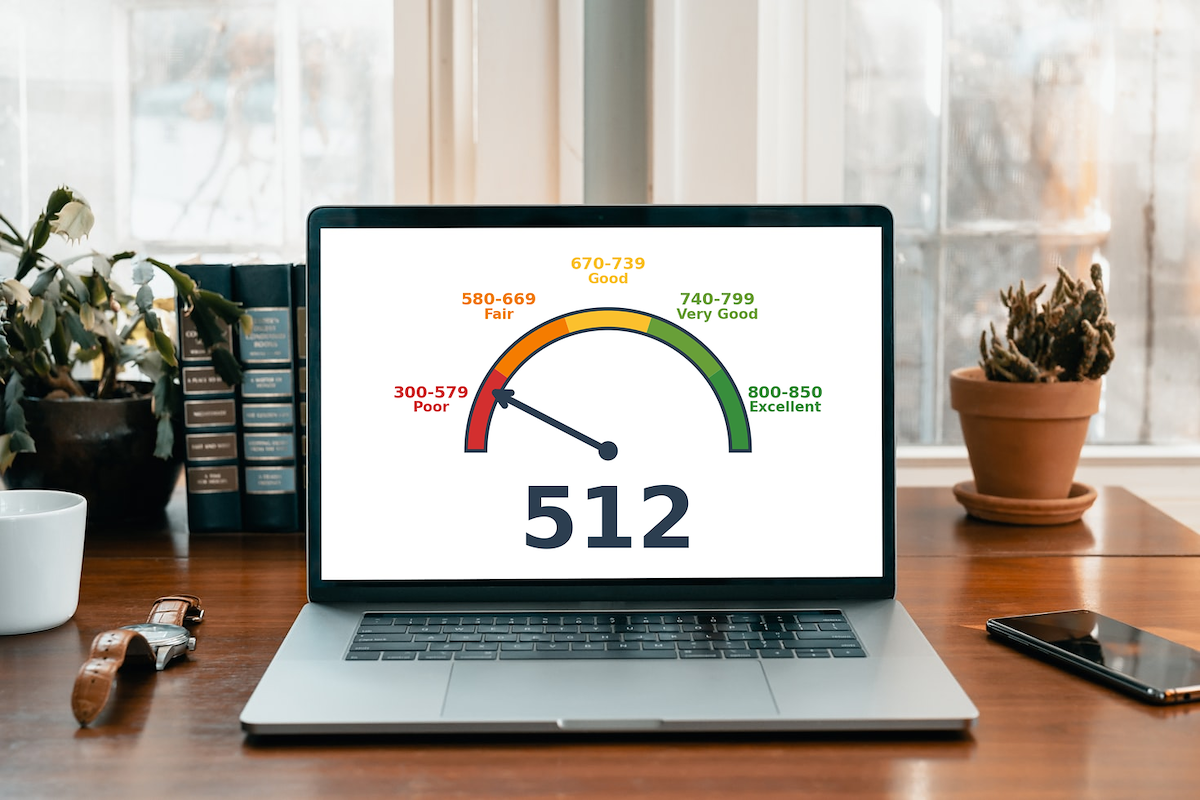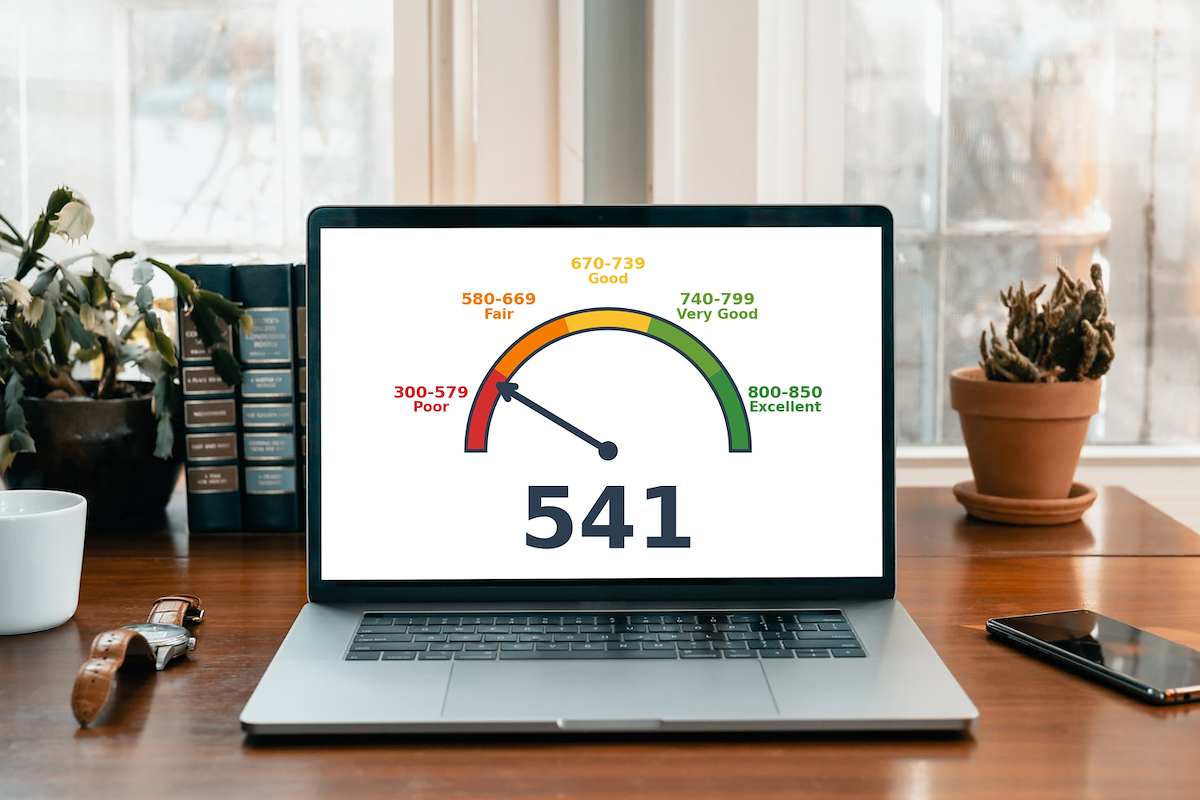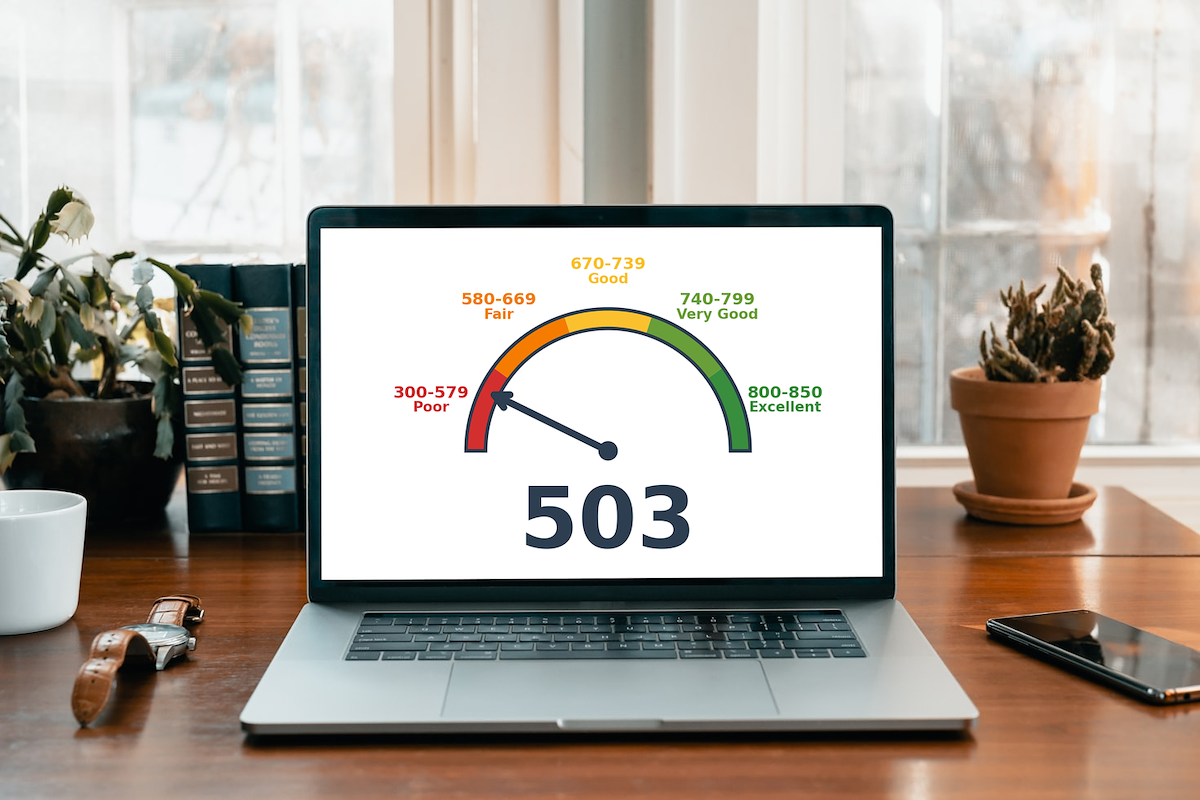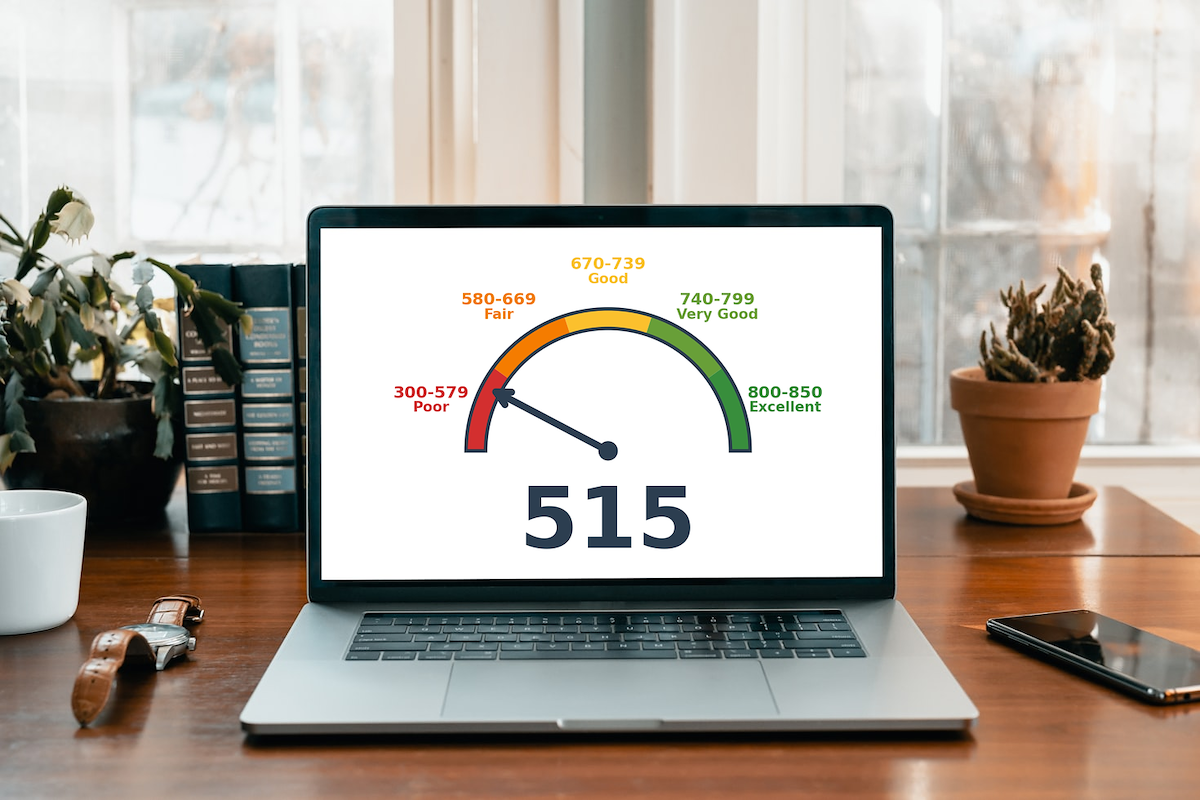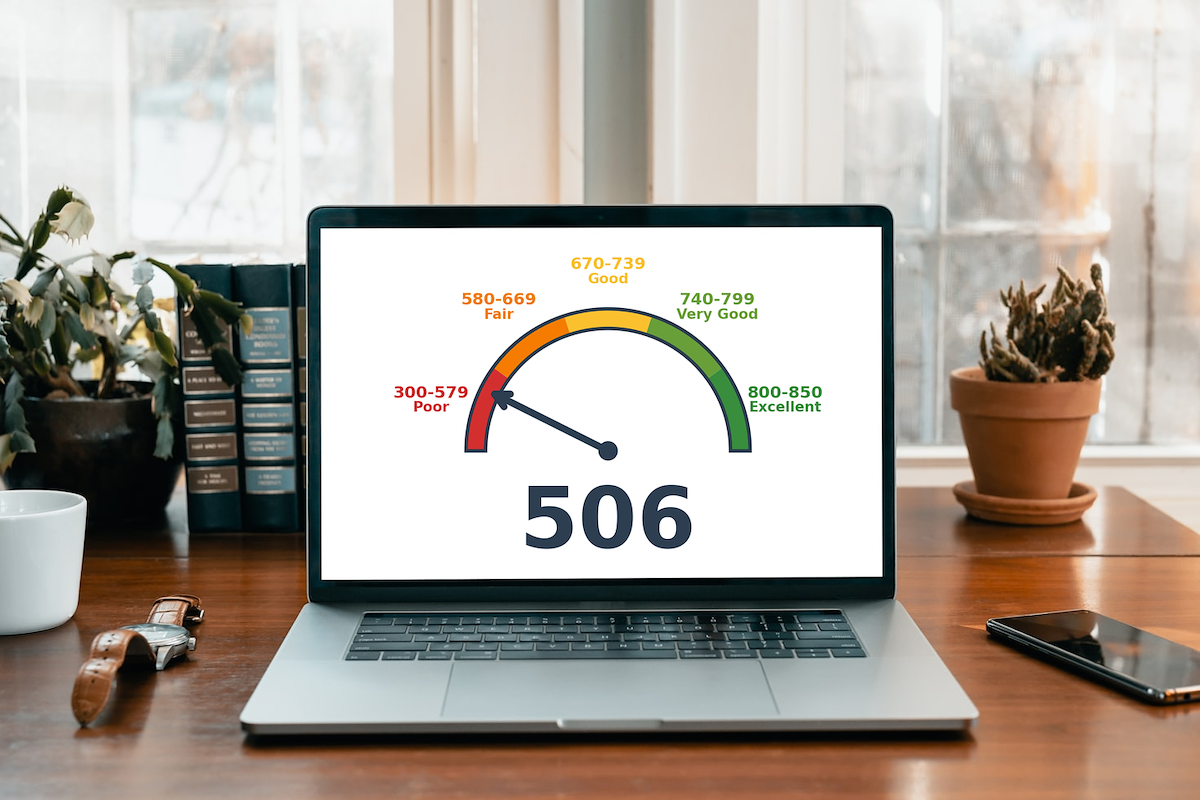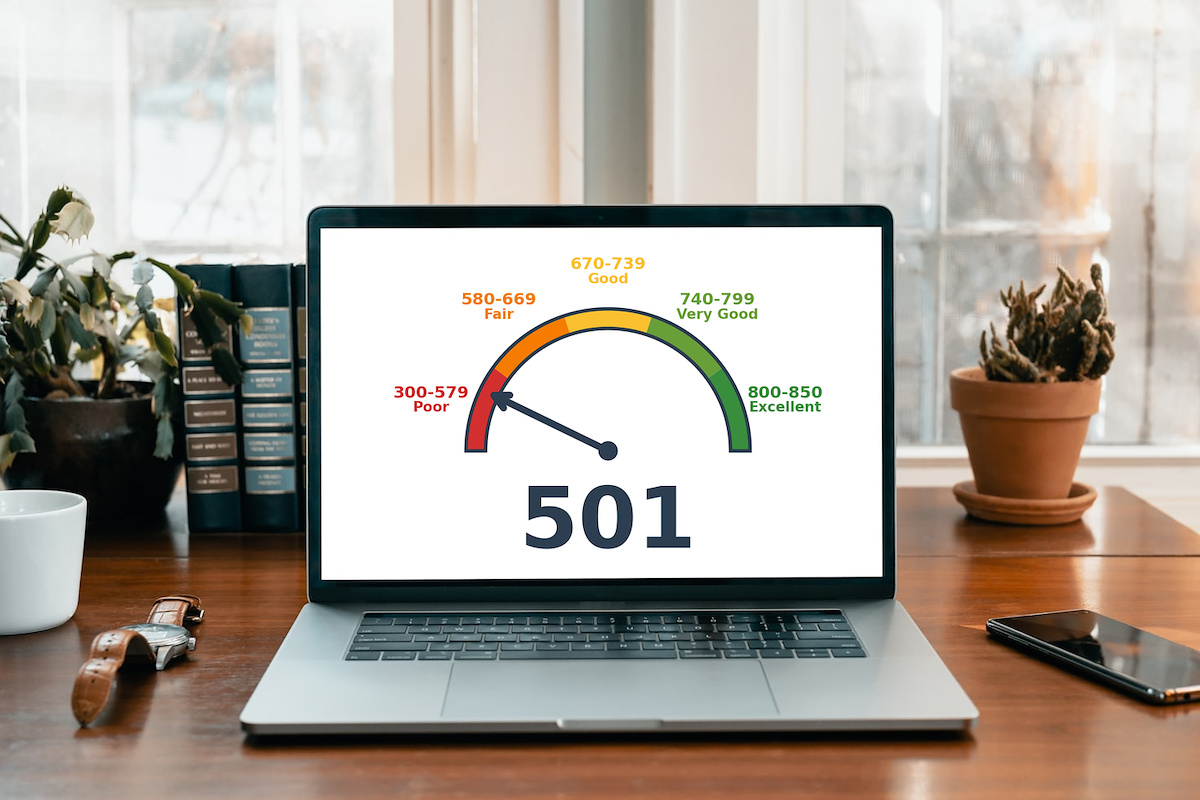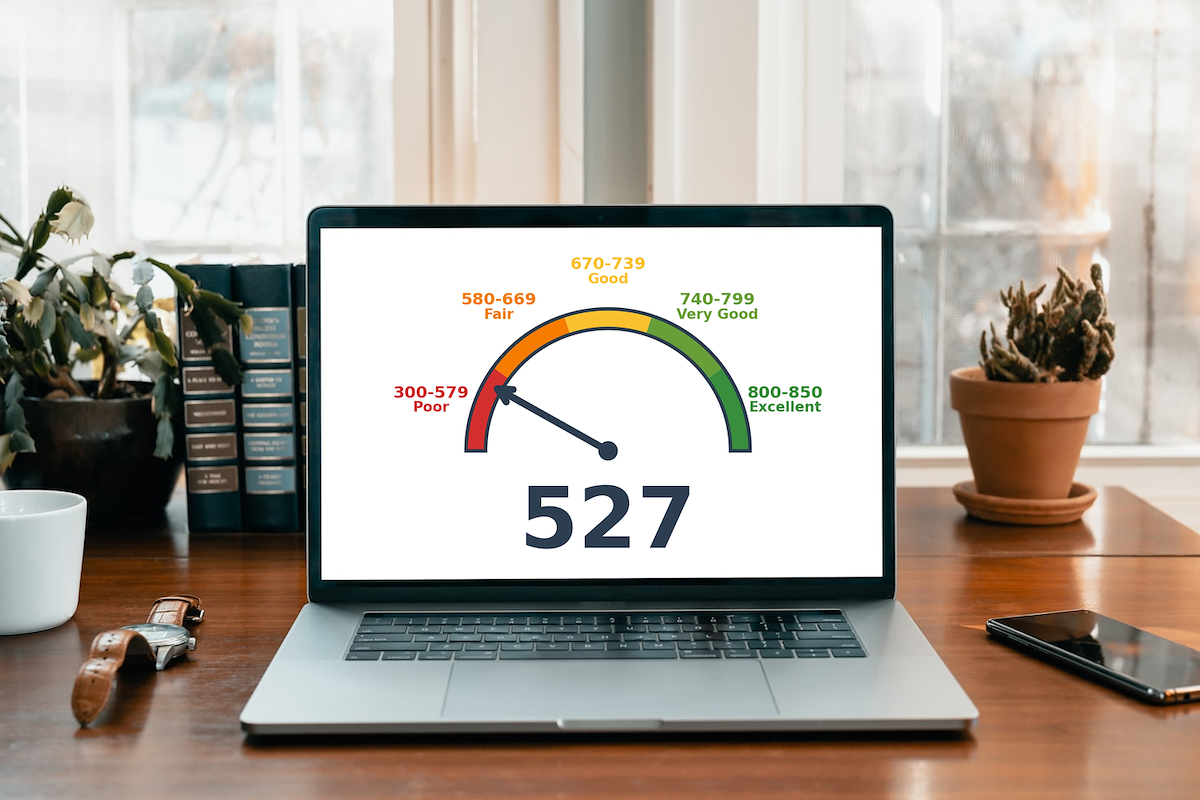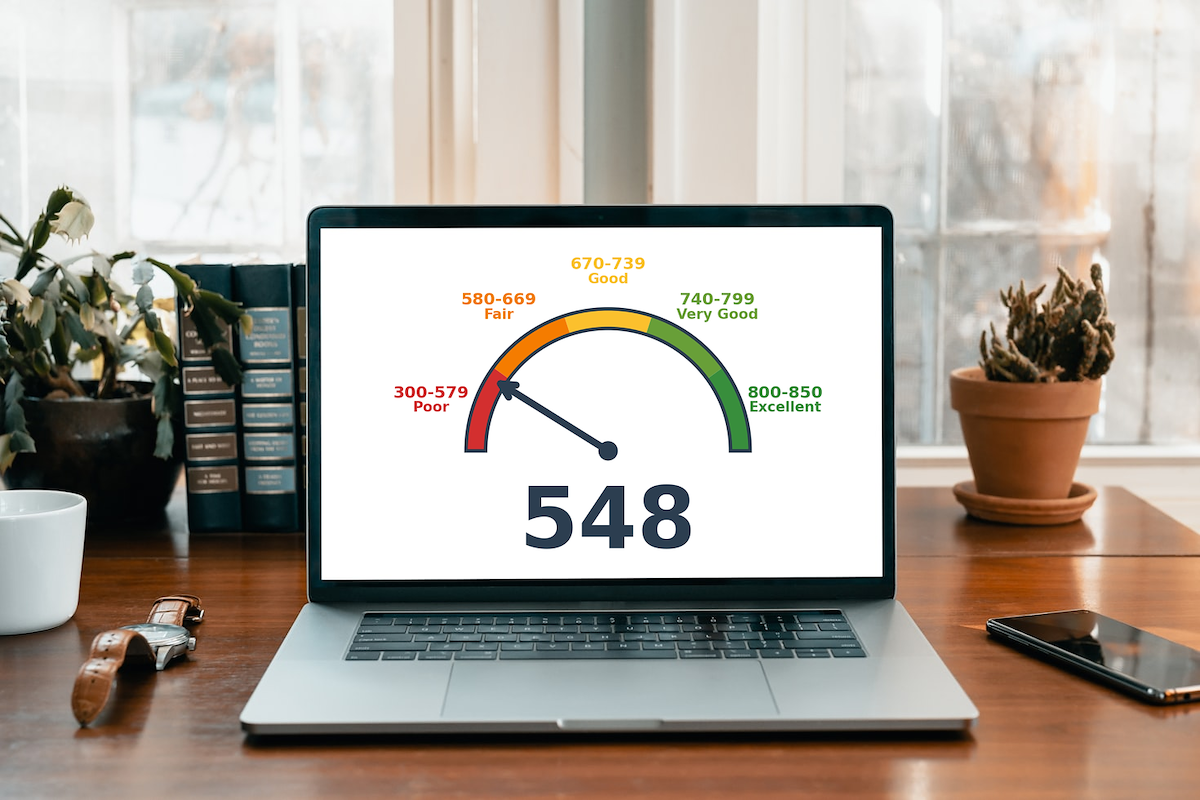
Kudos has partnered with CardRatings and Red Ventures for our coverage of credit card products. Kudos, CardRatings, and Red Ventures may receive a commission from card issuers. Kudos may receive commission from card issuers. Some of the card offers that appear on Kudos are from advertisers and may impact how and where card products appear on the site. Kudos tries to include as many card companies and offers as we are aware of, including offers from issuers that don't pay us, but we may not cover all card companies or all available card offers. You don't have to use our links, but we're grateful when you do!
530 Credit score: What You Need to Know in 2025
July 1, 2025

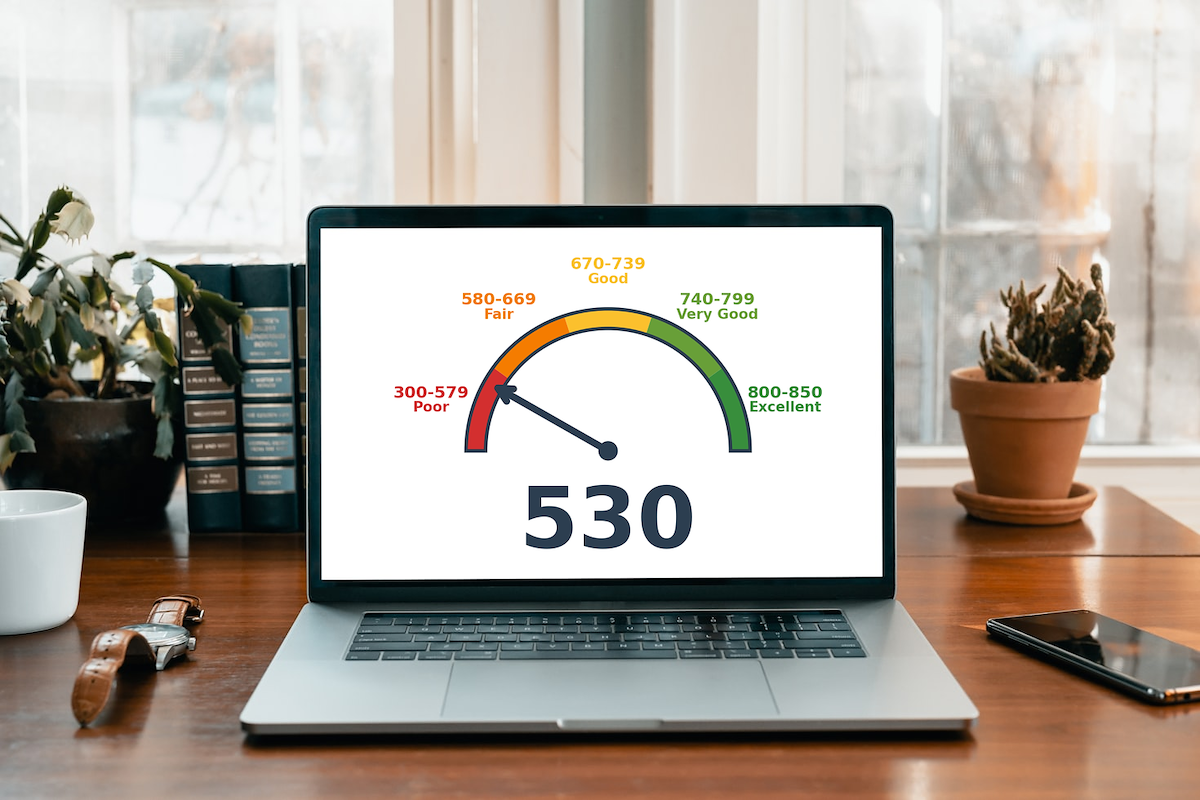
TL;DR
A 530 credit score is a solid starting point for building a stronger financial future, offering a clear path toward improvement. This score falls into the "poor" range on the FICO scale, which simply means there are tangible steps you can take to enhance your creditworthiness.
What Does a 530 Credit Score Mean?
A 530 credit score lands squarely in the "poor" category on the FICO scale, which ranges from 300 to 850. For lenders, a score like this is a significant red flag, signaling a high-risk borrower. This perception can create considerable roadblocks in your financial life, making it difficult to get approved for new lines of credit when you need them.
Practically speaking, a 530 score often leads to rejections for loans and credit cards. If you do get approved, it will likely be with very high interest rates and less-than-ideal terms, making borrowing an expensive proposition. While this can feel limiting, understanding where you stand is the crucial first step toward improving your financial outlook.
Who Has a 530 Credit Score?
A 530 credit score is significantly below the average for any age demographic in the United States. While age is not a direct factor in credit score calculations, there is a clear trend of scores improving over time as consumers build a longer financial history. According to 2023 Experian data, here is the breakdown of average FICO scores by generation:
- Generation Z (ages 18-26): 680
- Millennials (ages 27-42): 690
- Generation X (ages 43-58): 709
- Baby Boomers (ages 59-77): 745
- The Silent Generation (ages 78+): 760
Credit Cards With a 530 Credit Score
A credit score of 530 falls into the "poor" credit range, which can significantly limit your options when applying for a new credit card. Most mainstream lenders view this score as high-risk, making approvals for traditional unsecured cards challenging to obtain. Consequently, you'll likely find yourself looking at secured credit cards or specific unsecured cards designed for bad credit, which often come with higher interest rates and annual fees.
Kudos offers tools like the AI-powered Dream Wallet, which analyzes your spending habits, and the Explore Tool, which uses a quiz to match you with cards based on your financial needs. These tools provide personalized recommendations from a database of nearly 3,000 cards and offer insights into how applying for a new card may affect your credit score.
Auto Loans and a 530 Credit Score
Having a 530 credit score places you in the subprime category, which means that while getting an auto loan is often still possible, lenders will view you as a higher-risk borrower. Consequently, you can expect to be offered significantly higher interest rates, making your loan much more expensive over its lifetime.
- Super-prime (781-850): 5.25% for new cars and 7.13% for used cars
- Prime (661-780): 6.87% for new cars and 9.36% for used cars
- Non-prime (601-660): 9.83% for new cars and 13.92% for used cars
- Subprime (501-600): 13.18% for new cars and 18.86% for used cars
- Deep subprime (300-500): 15.77% for new cars and 21.55% for used cars
Mortgages at a 530 Credit Score
A 530 credit score significantly limits your mortgage options. Your primary path is a government-backed FHA loan. According to credit score requirements, you can qualify for an FHA loan with a score as low as 500, but you must provide a down payment of at least 10%. Conventional, VA, and USDA loans are generally out of reach, as most lenders require scores of 620 or higher.
If you secure a loan, your score leads to less favorable terms. Expect a much higher interest rate, adding substantial cost over the loan's lifetime. Lenders will also use stricter underwriting, scrutinizing your finances more closely. For an FHA loan, this score also means higher mortgage insurance premiums and the mandatory 10% down payment.
What's in a Credit Score?
Figuring out what goes into your credit score can feel like trying to solve a complex puzzle, but it's primarily based on a handful of key financial habits. The most common factors include:
- Your payment history tracks whether you have paid past credit accounts on time.
- Credit utilization is the percentage of your available credit that you are currently using.
- The length of your credit history considers the age of your oldest account and the average age of all your accounts.
- Having a healthy mix of credit types, such as credit cards and installment loans, can positively impact your score.
- Recent credit inquiries and newly opened accounts can temporarily lower your score.
How to Improve Your 530 Credit Score
Improving your credit score is an achievable goal that takes time and consistent effort, but there are proven methods to boost your creditworthiness. For a 530 credit score, focusing on a few key areas can make a significant difference.
- Establish automatic bill payments. Your payment history is the most important factor in your score, and automating payments ensures you never miss a due date that could further damage your credit.
- Reduce your credit utilization ratio. Keeping your balances low, ideally under 30% of your total limit, shows lenders you can manage credit responsibly and can significantly lift your score.
- Become an authorized user. Being added to a credit card account with a long, positive history can add that account's good standing to your own credit file, providing a helpful boost.
- Apply for a secured credit card. A secured card requires a cash deposit, making it easier to get approved with a 530 score and allowing you to build a positive payment history.
You can also use tools like the Kudos browser extension to help you maximize rewards and experience smarter spending while you build your credit.

Supercharge Your Credit Cards
Experience smarter spending with Kudos and unlock more from your credit cards. Earn $20.00 when you sign up for Kudos with "GET20" and make an eligible Kudos Boost purchase.
Editorial Disclosure: Opinions expressed here are those of Kudos alone, not those of any bank, credit card issuer, hotel, airline, or other entity. This content has not been reviewed, approved or otherwise endorsed by any of the entities included within the post.


















